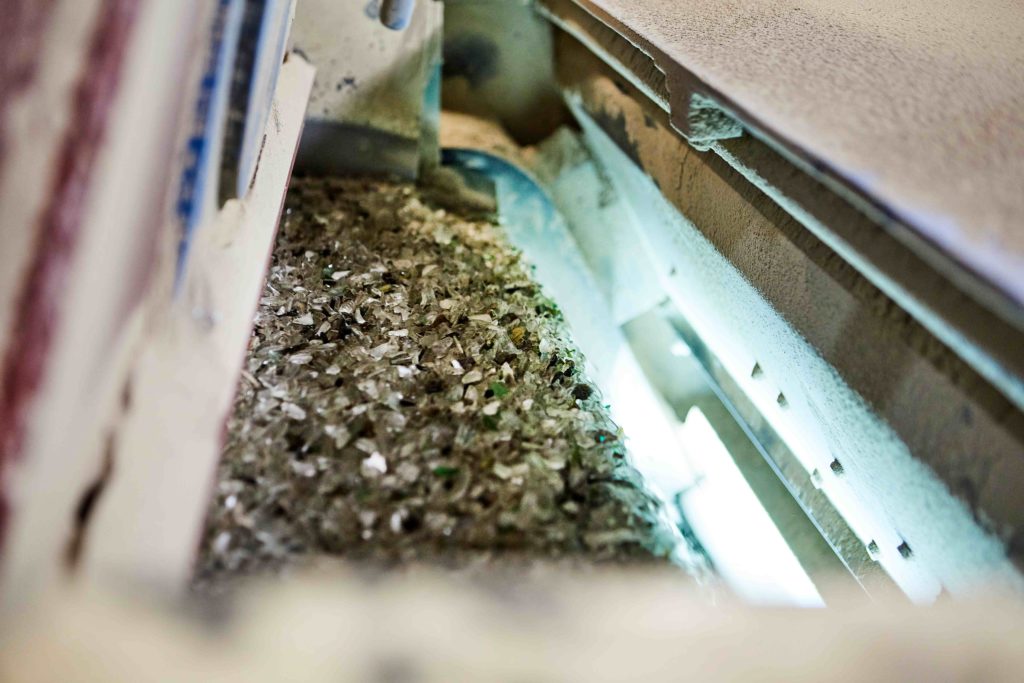
OPINION: There is nothing like glass. Unlike more ill-famed peers like plastic, recyclers can give new life to glass packaging ad infinitum. This means that the empty beer bottle you toss in a recycling container can be turned into a new bottle over, and over, and over, without loss of quality. Of course, on one important condition: that the glass is correctly sorted at the source. Ceramics, stones or porcelain do not belong in the glass container.
Incentives
These properties seem to ensure a 100% recycling rate in the market but, alas, the reality is different. According to FEVE, only 78% of glass packaging is recycled in Europe. Reason being that bottles’ colour and transparency complicate the recycling process, and producers lack incentives to use more secondary raw materials whilst crafting new bottles. Not only does this scenario promote avoidable CO2 emissions, but it also hinders the road to a 90% recycling rate for glass by 2030 set by the partnership Close the Glass Loop. This scenario must shift, otherwise it can become another nail in the coffin that will lead us to that 1.5 °C rise in global temperature fathomed by the Paris Agreement.
Innovation
The good news is that the recent innovation in glass recycling techniques have paved the way for a change. We nowadays have the technology and means to create a more circular glass packaging business through better collection and separation processes, better cleaning, and incentives to use glass cullet and glass powder to craft new bottles.
Notably, Maltha backs up glass powder among recyclers as it represents a cost-effective solution to lower emissions while the EU eases more long-term ones. Because it’s indeed in the hands of EU policymakers and local governments to solve the market’s imperfections and stimulate the demand for secondary raw materials.
This change can occur via tax incentives, labelling, subsidies and minimum recycled content requirements, along with disincentives that punish the destruction of reusable materials and CO2 taxes. It’s a carrot-and-stick method that can put the end-of-life phase at the centre of the value chain and make recycling simpler.
Such policies are also relatively easy to apply across the union since countries like Belgium and the Netherlands already enforce minimum treatments and can lead by example.
Only with strong and concrete actions, the EU can turn glass into a first-in-class in the recycling industry – an epitome for other materials to follow suit and aid our economy to become fully circular.












Subscribe for free